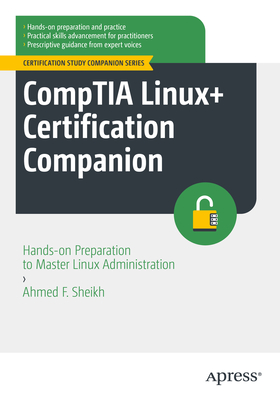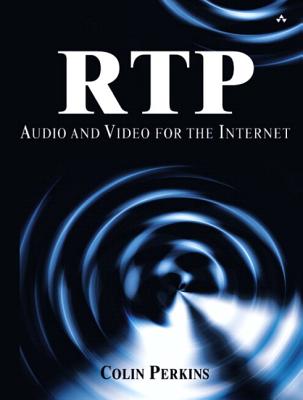
Sheikh, Ahmed F.
With its comprehensive coverage, this book delves into essential Linux concepts, commands, and techniques, providing you with a complete reference guide. You'll review how to customize and navigate the shell environment, write powerful scripts, configure user interfaces, perform administrative tasks, configure system services, establish network connections, and secure your system. No stone is left unturned in this in-depth exploration of Linux administration.
What sets this book apart is its practical approach. Real-world scenarios and practical applications take center stage, ensuring that you not only understand the theory but also know how to apply it effectively.
Troubleshooting common issues becomes second nature as you gain the skills to diagnose and resolve system problems with ease. You'll discover industry best practices and standards, enabling you to optimize systems, implement robust security measures, and adhere to compliance regulations.
What You Will Learn:
- Linux operating systems, including installation, configuration, and management of Linux-based servers and systems.
- Essential administrative tasks, such as user and group management, file system administration, network configuration, and security implementation.
- Insights into troubleshooting common Linux issues, enabling readers to diagnose and resolve system problems effectively.
- Practical techniques for identifying and addressing system errors, performance bottlenecks, network connectivity issues, and other challenges that may arise in a Linux environment.
- Industry best practices and standards in Linux administration.
- System optimization, backup and recovery strategies, security practices, and adherence to compliance regulations.
Who This Book is for:
Administrators: This book serves as an excellent resource for individuals who are new to Linux administration and wish to develop a strong foundation in this field. They may have basic knowledge of Linux concepts or come from related IT roles and seek to expand their skills to include Linux system management.
IT Professionals Transitioning to Linux: Professionals already working in the IT industry, such as system administrators or network engineers, who want to enhance their skill set and broaden their knowledge by incorporating Linux administration into their repertoire. They may have experience with other operating systems and are seeking to acquire Linux-specific skills.
Experienced Linux Administrators: Seasoned Linux administrators can benefit from this book as well. It serves as a comprehensive reference guide, offering advanced topics, best practices, and insights into the latest trends and developments in the Linux ecosystem. It can be a valuable resource for expanding their expertise and staying up-to-date with industry standards.
Secondary or tertiary audiences may include IT managers, system architects, or developers who work closely with Linux systems and wish to gain a deeper understanding of Linux administration. Additionally, students pursuing computer science or IT-related degrees may find the book beneficial for their coursework and career advancement.
member goods
listens & views

BACK BEAT RECORDS: ROCK & ...
by BACK BEAT RECORDS: ROCK AND ROLL PARTY / VARIOUS
COMPACT DISCout of stock
$18.49






